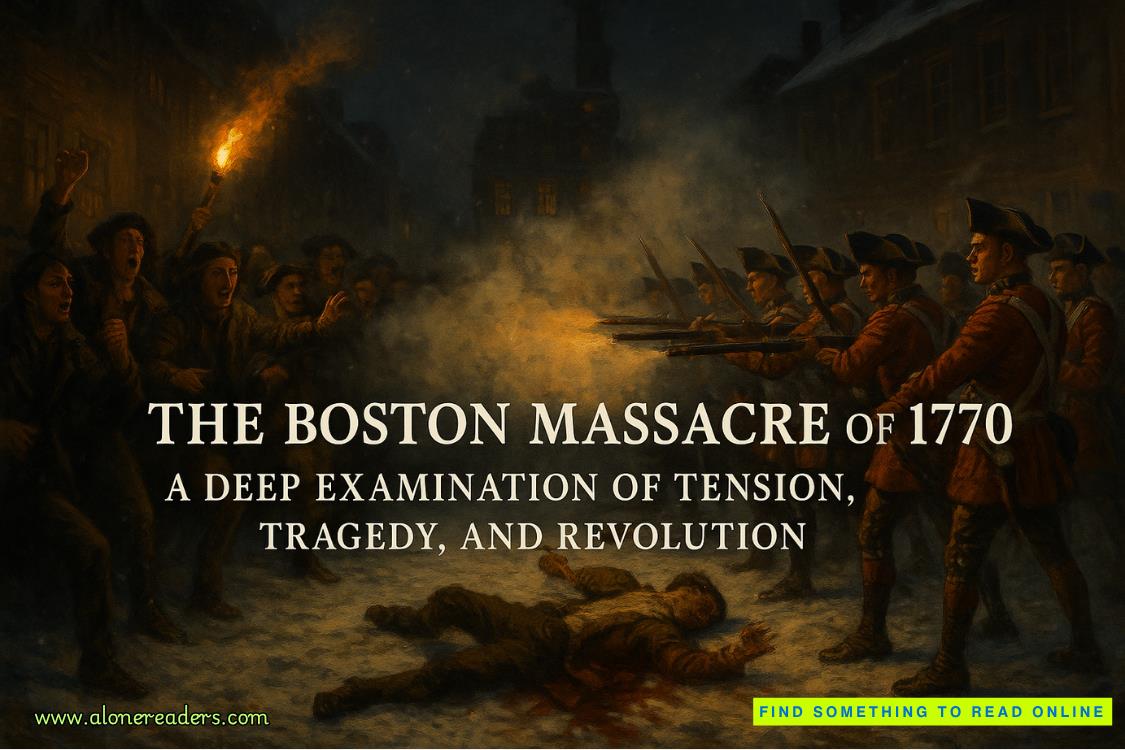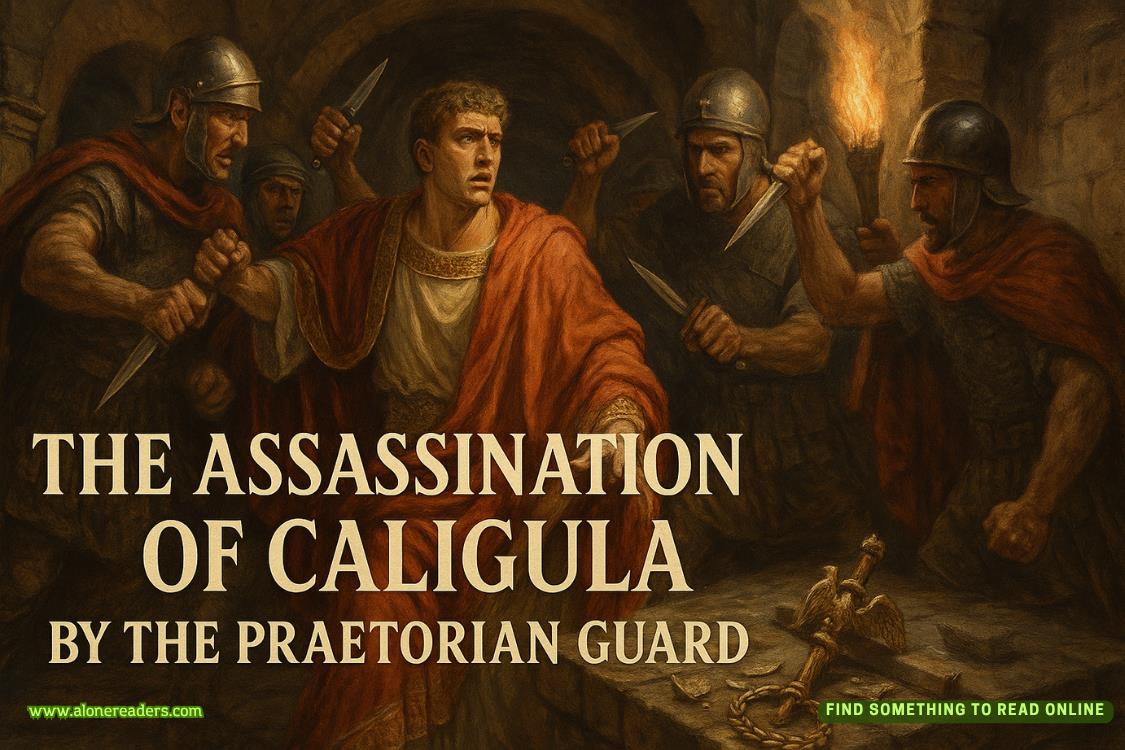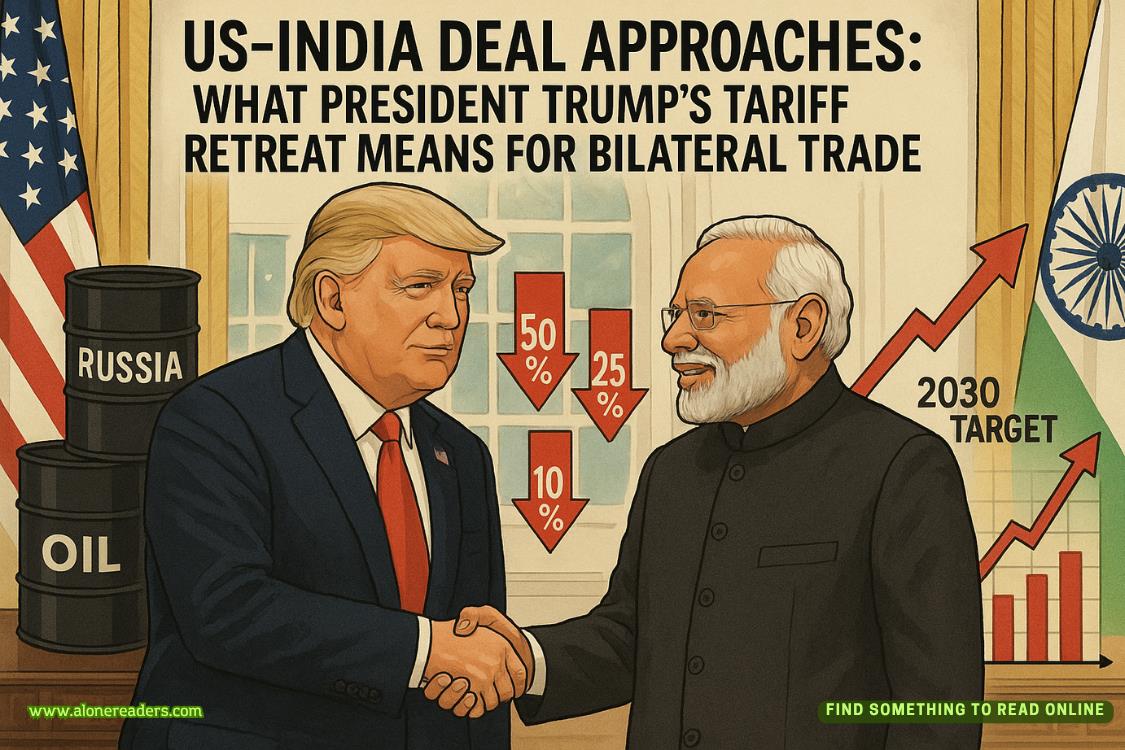Page 94 of Hello Stranger
I suppose it was possible I’d astonish us all and win this art show.
But I didn’t love my odds.
That said—I had just enough hope to keep going.
That’s the dark underbelly of hope that nobody ever talks about. How it can skew your perspective. How it can keep you in long past when any reasonable person would’ve been out. How it can land you in your own apartment on a random Tuesday night—annotating your downstairs neighbor’s nose-to-lip dimensions with a tape measure.
“You don’t have to hold your breath,” I kept telling Joe.
“Right. Got it.”
He was more nervous than he’d expected to be. I could tell from his posture. And how very scrubbed clean he was—like maybe he’d taken a shower and a half. Even from the cautious way he’d walked across the rooftop toward my door. Almost like he had half a mind to turn around.
“It’s harder than it seems, huh?” I said.
“Trigonometry is hard. Climbing El Capitan is hard. Landing on the beaches of Normandy is hard. This is just… sitting here.”
“Sitting herewhile a total stranger measures every square inch of your face.”
“You’re not a total stranger.”
“You’re right. I’m worse. You know me just enough for this to be super awkward.”
“I don’t feel awkward,” Joe said.
“Yeah, you do.”
I’d made a graph on a canvas and I was dividing his face into one-inch sections, trying to treat each square as a different landscape. Maybe if my brain didn’t know it was a face, it wouldn’t cause trouble.
I worked my way from top to bottom. So far I had the hair, the hairline, the forehead, and the eyebrows. It had gone pretty well, but now we were coming to the eyes, and for some reason I didn’t understand, ever since the start of the face blindness, the eyes were my hardest thing to look at.
But these weren’t eyes, I told myself. These were dots and lines and color. I just had to think about it that way, and I’d be fine. Maybe that was the trick to it all. Abstract it out. Make the facenot a face.
Easy.
But of course Joe didn’t know his face wasn’t a face. He kept rubbing his eyes and sneezing and looking back at me. Every time his eyes met mine, I got a jolt of something physical, like I was looking into a bright light.
“You can look down,” I kept saying.
“Sorry,” he’d say.
Mostly, though, he sat still.
Mostly, the problem was me.
This just wasn’t how I was used to working.
I’d been painting portraits since high school. I’d patterned my techniques and methods into my brain like deep grooves.
This felt like trying to read a book upside down. In another language.
At no point did I ever just get caught up in the flow—the way I always had before when I was painting. There was no flow. There was no getting lost in the moment. The math and the struggle and the shockingly close presence of Joe’s actual live human body just right there, inches away from me—breathing and generating heat and leaning in whenever I got close—kept me anchored to reality.
I blame Joe.
And that torso of his.
And don’t even get me started on the imaginary judges I kept hearing in my head: “Did she use agridfor this? What is this, paint by numbers?”















